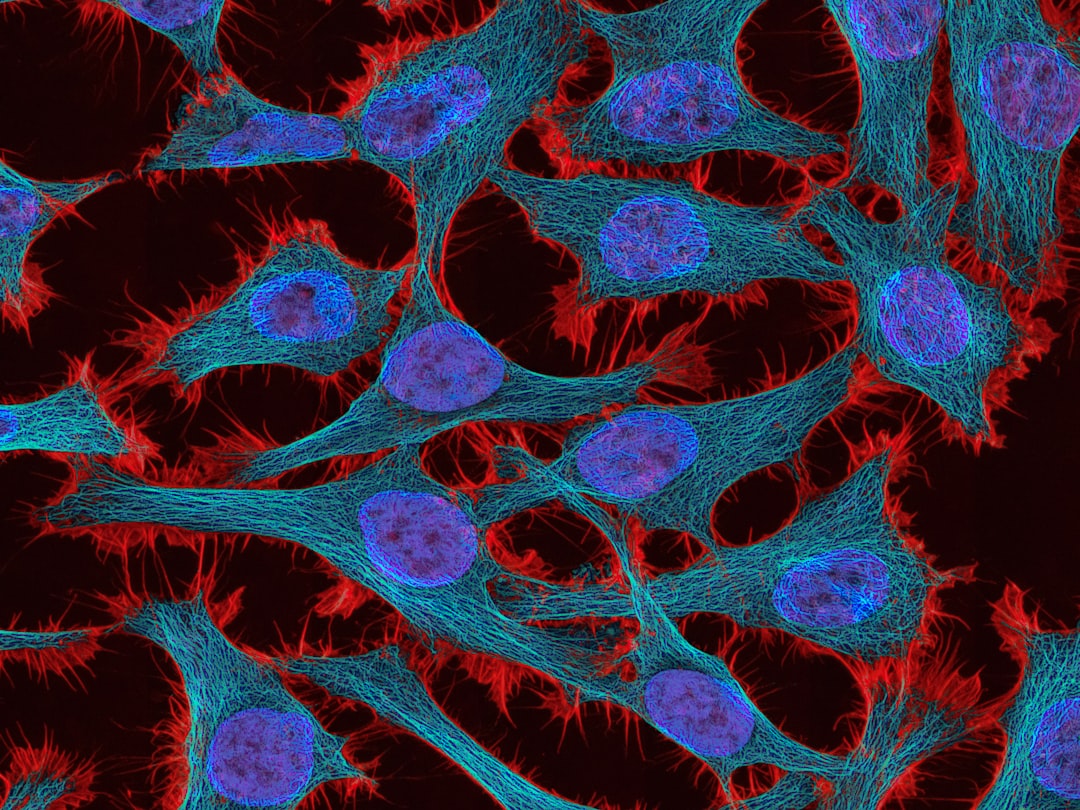What is it about?
Mainly due to their structural diversities, pharmacological, electrochemical and photophysical properties, pyrazole and benzimidazole complexes have been widely designed and developed. This work reports the synthesis and chelation reactions of several heterocyclic ligands with various metals such as transition metals and lanthanides, as well as the photophysical and photochemical properties of the presented metal complexes.
Featured Image

Photo by Girl with red hat on Unsplash
Why is it important?
Nitrogen ligands play an important role in coordination chemistry because there are a variety of heterocyclic systems with one or more nitrogen atoms as electron donors. This is why various routes for the synthesis of metal complexes have been reported. Their molecular and structural formulas have been elucidated by spectral and analytical techniques. We have shown that metal complexes can be used in medicinal and therapeutic chemistry as anticancer, antioxidant and antibacterial agents. They are also used as catalysts in organic reactions and have interesting photophysical properties. They also act as carbonic anhydrase and alkaline phosphatase inhibitors.
Perspectives
Writing this article was a great pleasure because it has a co-author with whom I had a fruitful collaboration. The results of this article should encourage the development of metal complexes based on heterocyclic compounds that can be used in medicinal chemistry. They usually predict that they will have effective biological properties.
Assistant professor Karim Chkirate
Mohammed V university in Rabat
Read the Original
This page is a summary of: Pyrazole and Benzimidazole Derivatives: Chelating Properties Towards Metals Ions
and their Applications, Current Organic Chemistry, October 2022, Bentham Science Publishers,
DOI: 10.2174/1385272827666221216110504.
You can read the full text:
Contributors
The following have contributed to this page










